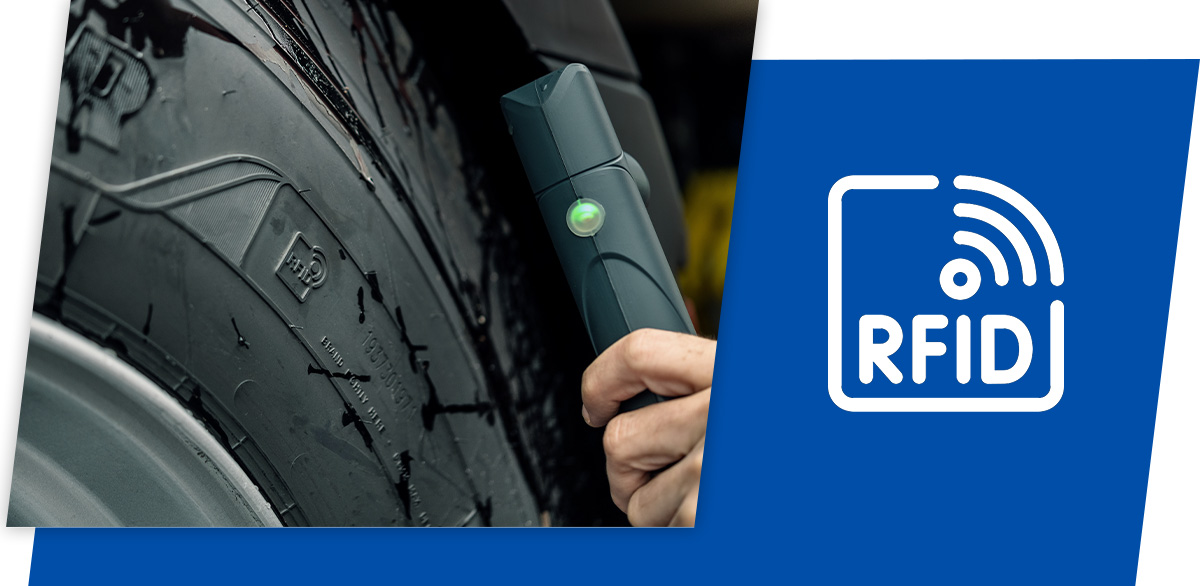While racing trucks use a standard, 13-litre production engine, it is adapted to make them more powerful, typically producing around 6,000 Nm of torque, which is more than twice that of a regular vehicle. They use regular leaf spring suspension, with high-end shock absorbers and water-cooled brakes, and the cab has the same shape and chassis as a road-going vehicle, but only has to be 2.5m tall and just over 2.5m wide.
The most obvious difference, however, is that there is no trailer, thus reducing the weight of the overall vehicle from a typical 40 tonnes to just over 5 tonnes. Tyres are therefore inflated to a lower pressure – usually 1-4,5 bar instead of 7-9 bar. The difference in weight presents a challenge to tyre developers like Goodyear. There is less downward pressure, but the tyre tread design and compound still need to provide the right grip for racing, in both dry and wet conditions.









